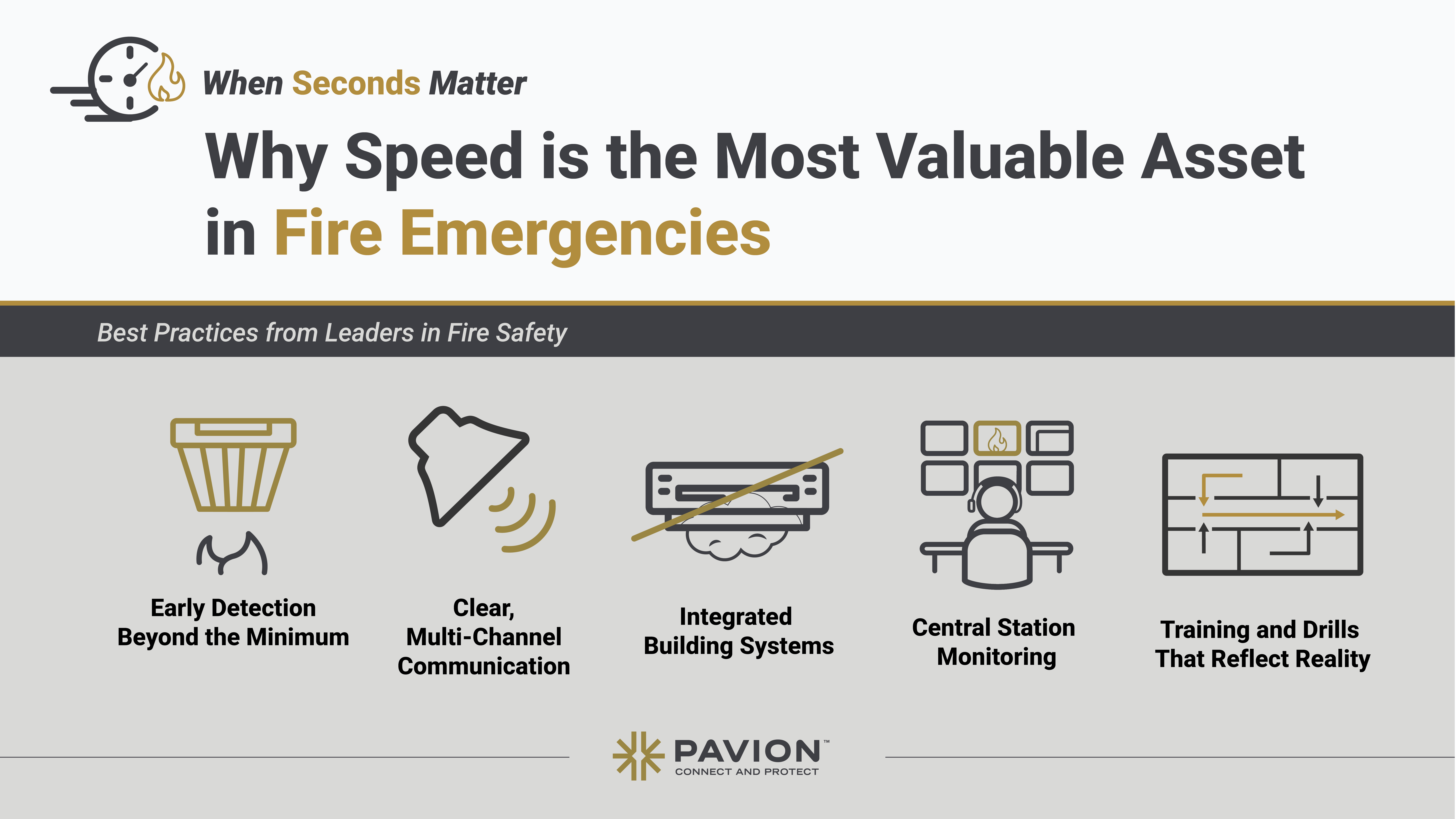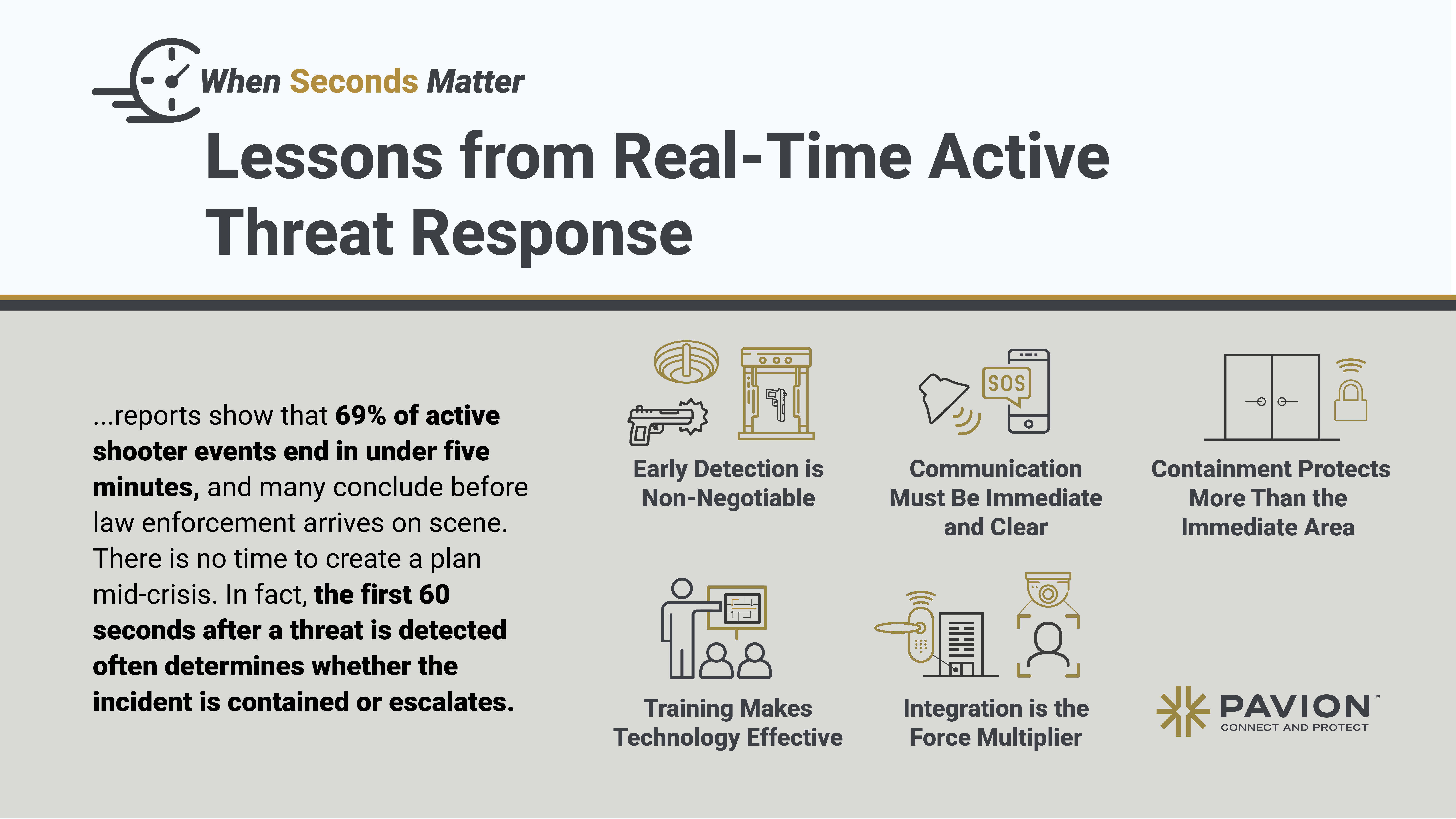
What is National Campus Safety Awareness Month? Building Safer Learning Environments Together
Every September, colleges and universities across the United States recognize National Campus Safety Awareness Month (NCSAM)—a congressionally approved initiative that highlights the importance of building safer campus environments. First passed in 2008, NCSAM encourages open conversation, proactive planning, and collaboration to reduce risks and keep students safe.
Why Campus Safety Matters
Campus life should be centered on learning, exploration, and community, but safety concerns are a reality. Crimes such as stalking, robbery, and sexual assault impact far too many students. In recent years, the rise of campus shootings and targeted acts of violence has further underscored the importance of safety awareness and preparedness.
NCSAM provides an important moment each year to spotlight these challenges, remind students of available resources, and encourage schools to strengthen prevention efforts.
What Happens During NCSAM?
Throughout September, campuses nationwide organize events designed to educate and empower:
· Self-defense classes that build student confidence.
· Active shooter preparedness training using the Run, Hide, Fight model.
· Awareness campaigns with posters, digital messaging, and peer outreach.
· Information booths and safety fairs where students can learn about reporting options, bystander intervention, and emergency resources.
· Workshops on digital safety to raise awareness about phishing, scams, and identity protection.
These activities not only educate but also help cultivate an environment where students feel comfortable reporting concerns and confident in the support systems available to them.
Modern Campus Safety Challenges
Today’s safety landscape is complex. Universities must be prepared to respond to:
· Acts of violence or active shooter incidents, which require rapid response planning and clear communication.
· Cybersecurity threats, including identity theft and online harassment.
· Mental health crises, which can intersect with safety concerns.
· Large-scale emergencies, from severe weather to natural disasters.
Addressing these challenges requires both awareness and collaboration. NCSAM provides the structure to bring those conversations to the forefront.
A Shared Responsibility
Campus safety cannot rest on one group alone. Students, faculty, administrators, and staff each play a role in creating a culture of trust and preparedness. Universities that combine awareness campaigns, training programs, and reliable communication systems are better positioned to respond effectively when emergencies occur.
Final Thoughts
National Campus Safety Awareness Month is more than a reminder on the calendar, it’s an opportunity to reaffirm a commitment to safe learning environments. By raising awareness, strengthening resources, and fostering open conversations, campuses can continue to build stronger and safer communities where students feel secure and supported.


